I am trying to make simpler more general questions that might have more generally useful answers.
If you build a mixed analog digital circuit then you need to have models of real TTL or CMOS gates which have realistic current characteristics, sensing thresholds, etc.
I have an example with just two inverters:
and that second inverter doesn't reach 5 V output when the "load" R7 is 1 kOhm. But in real life I know that if I use a 1k resistor to ground I get fine near 5V potential on the output. So I know that somehow these parameters don't work right in LTspice.
Are there best practices how to set them?
Are there libraries of LTspice devices for common TTL and CMOS (74LS, 74HC...) devices to use in LTspice?
I know LTspice is for analog simulation, and that's the point.
If the answer is to draw up the schematics of the gates with transistors etc, as they are shown in the data-sheets, then that's a heck of a lot of work. Didn't somebody do these already? Google didn't show much.
